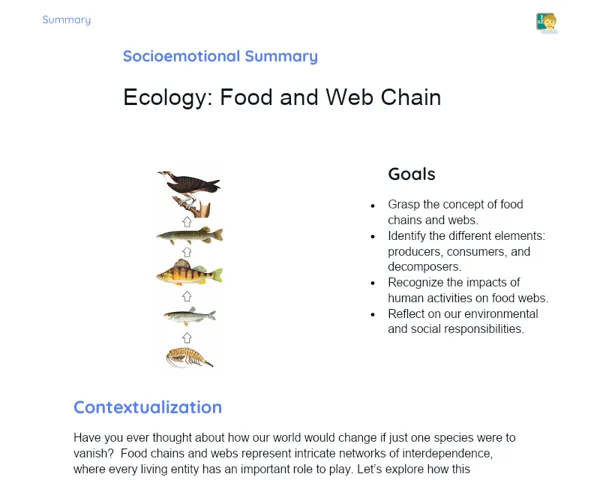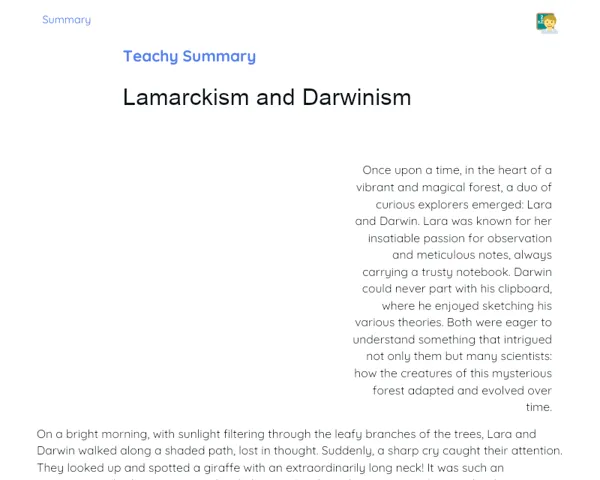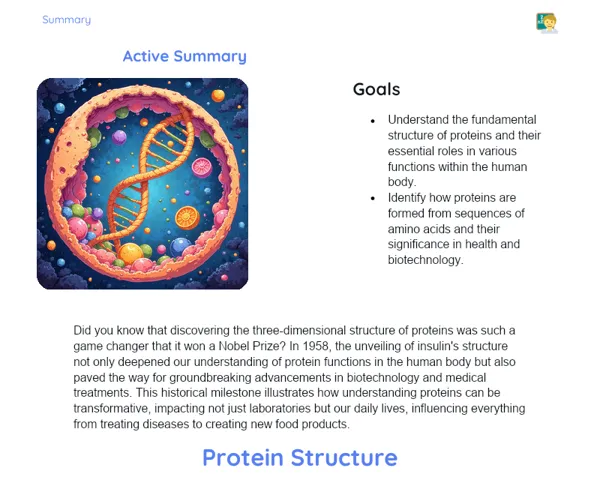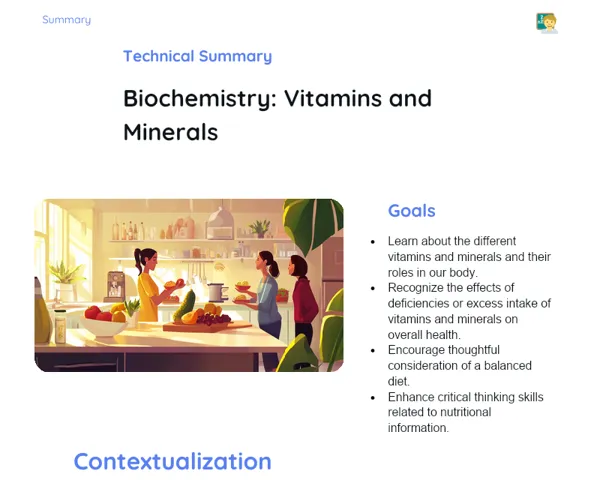Objectives
1. 🔍 Grasp the core theories of Lamarck and Darwin, especially focusing on natural selection and the law of use and disuse.
2. 🤔 Distinguish between Lamarckism and Darwinism, and explore the evidence that supports each theory.
3. 🌍 Connect evolutionary theories with practical and current examples, such as antibiotic resistance and adaptations to environmental changes.
Contextualization
Did you know that Lamarck's and Darwin’s ideas continue to shape our understanding of modern biology? For instance, Lamarck's notion of the use and disuse of organs has parallels in epigenetics, which studies how environmental factors can influence genetic expression without altering the actual DNA sequence. On the flip side, Darwin's natural selection forms the backbone of many current discussions about conservation and how species evolve in response to changes in their environment. These theories have real-world implications and are not just remnants of the past!
Important Topics
Lamarckism
Lamarckism, introduced by Jean-Baptiste Lamarck in the 18th century, is an evolutionary theory which suggested that traits acquired during an organism's lifetime could be inherited by their offspring. A classic example is that of giraffes developing longer necks due to their efforts to reach higher leaves. Though this theory has been largely debunked, it highlights important lessons about how scientific thought progresses.
-
Law of Use and Disuse: The core idea that body parts that are used frequently develop further, while those not in use may deteriorate. This principle illustrates that habitual use of an organ enhances its development over generations.
-
Transmission of Acquired Characteristics: Lamarck asserted that organisms adapt to environmental changes, leading to modifications that could be passed on to their descendants.
Darwinism
Darwinism, formulated by Charles Darwin in the 19th century, revolves around the concept of natural selection. This theory posits that organisms best suited to their environment are more likely to survive and reproduce, passing on advantageous traits to future generations. Darwinism marked a significant shift in biology by presenting a process of evolution that does not rely on the individual will of organisms.
-
Natural Selection: The mechanism through which traits that enhance an organism's survival and reproductive success become more common in the population.
-
Adaptation: The gradual adjustment of organisms or populations to their environment over generations through inheritance.
Natural Selection
Natural selection is a pivotal concept in Darwinism that refers to the mechanism whereby traits that offer reproductive or survival advantages are more likely to be carried forward to future generations. It explains the evolution of species, enabling them to become more attuned to their environment.
-
Survival of the Fittest: Individuals with traits that are better suited to their surroundings have a greater chance of surviving and reproducing.
-
Genetic Variation: The diversity in genetics within a population is essential for natural selection, as it supplies the raw material for evolutionary change.
Key Terms
-
Lamarckism: An evolutionary theory suggesting that traits acquired during an organism's life may be inherited by their offspring.
-
Darwinism: An evolutionary theory focusing on natural selection as the key driver of species evolution.
-
Natural Selection: An evolutionary mechanism explaining how traits that enhance an organism's fitness in its environment are likely to be inherited.
For Reflection
-
How do Lamarck's ideas about the use and disuse of organs relate to modern concepts in epigenetics?
-
In what ways does natural selection play a role in shaping conservation strategies for endangered species today?
-
What are the ethical and political ramifications of interpreting evolution through the lenses of Lamarck and Darwin?
Important Conclusions
-
We examined both Lamarck's and Darwin's theories, showing how Lamarckism argues that traits acquired throughout life can be inherited, while Darwinism emphasizes natural selection as the driving force behind evolution.
-
We explored practical examples, such as antibiotic resistance and the adaptation of giraffes, to demonstrate how these theories manifest in the real world.
-
We reiterated that these theories are not merely historical anomalies but continue to shape our biological understanding and influence decisions in fields like conservation and medicine.
To Exercise Knowledge
Create an evolutionary diary for a fictional animal. Select an environment and describe how the animal would evolve over several generations, using concepts from both Lamarckism and Darwinism. Feel free to add illustrations, detailed narratives, and references to the theories discussed.
Challenge
Evolutionary Simulation Challenge: Use online evolution simulation software to design an environment and simulate the evolution of a living population. Attempt to apply concepts from both Lamarckism and Darwinism, and compare the results. Which theory better accounts for the changes observed?
Study Tips
-
Watch documentaries about evolution and the lives of Lamarck and Darwin to gain a more comprehensive and visual understanding of the concepts discussed.
-
Engage in discussions with your classmates about differing interpretations of evolution. This can help clarify your understanding and offer fresh perspectives.
-
Try to make connections between evolutionary theories and other subjects such as history and geography to appreciate how environmental changes have influenced species evolution over time.



